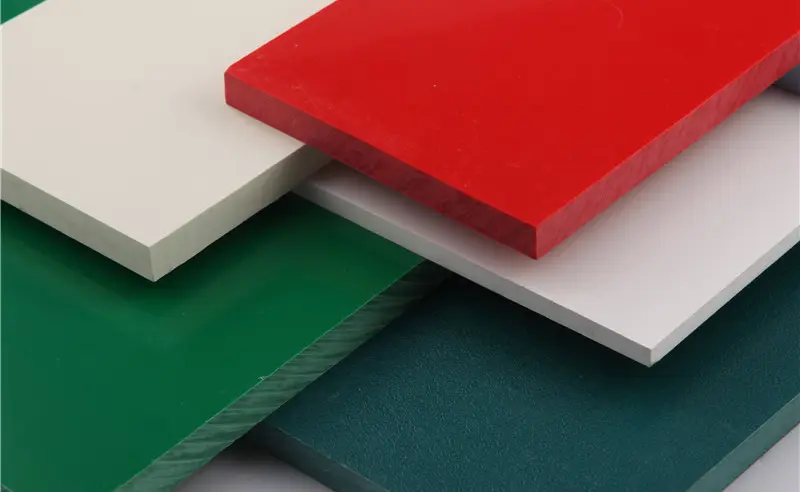Aug . 15, 2024 15:23 Back to list
Exploring the Benefits and Applications of PPR Pipe Fittings in Modern Plumbing Systems
Understanding PPR Pipe Fittings A Comprehensive Overview
PPR (Polypropylene Random Copolymer) pipe fittings have gained immense popularity in various industries due to their durability, versatility, and cost-effectiveness. This article delves into the characteristics, applications, advantages, and installation of PPR pipe fittings, offering a comprehensive look at why they are a preferred choice for many plumbing and construction projects.
Characteristics of PPR Pipe Fittings
PPR pipe fittings are made from a type of plastic known as polypropylene, which exhibits a random copolymer structure. This unique structure grants PPR fittings several advantageous properties
1. Chemical Resistance PPR fittings are highly resistant to a wide array of chemicals, making them suitable for use in diverse environments, including agriculture, chemical processing, and water supply systems.
2. Heat Resistance With a softening point as high as 130°C, PPR pipe fittings can withstand high temperatures, allowing for applications involving hot water transfer.
3. Low Thermal Conductivity PPR fittings have low thermal conductivity, which helps maintain the temperature of the liquids transported — a crucial factor in applications involving hot water.
4. Lightweight and Easy to Handle Compared to metal pipes, PPR fittings are significantly lighter, making them easier to transport and install. This characteristic also reduces the burden on supporting structures.
5. Long Lifespan PPR fittings are known for their longevity. They can last over 50 years when installed properly, which minimizes maintenance needs and replacement costs.
Applications of PPR Pipe Fittings
PPR pipe fittings are widely used across various sectors, including
1. Residential Plumbing Many homes are equipped with PPR pipes and fittings for their water supply systems due to their reliability and safety.
2. Industrial Use Industries such as food processing, chemical production, and pharmaceuticals benefit from PPR’s chemical resistance and high-temperature capabilities.
3. Heating Systems PPR fittings are often used in hot water heating systems, underfloor heating, and radiators, owing to their heat-resilient properties.
ppr pipe fitting

Advantages of PPR Pipe Fittings
The benefits of using PPR pipe fittings are numerous
1. Affordability Compared to metal options, PPR fittings are relatively inexpensive, making them a cost-effective choice for both small and large scale projects.
2. Easy Installation PPR fittings can be easily installed using heat fusion techniques, which provide a secure seal and minimize the risk of leaks.
3. Environmentally Friendly PPR is a recyclable material. Choosing PPR contributes to environmental sustainability by reducing plastic waste compared to less eco-friendly options.
4. Health Safety PPR fittings do not leach harmful chemicals into the water supply, ensuring the safety of drinking water and other liquids.
Installation of PPR Pipe Fittings
Proper installation is crucial to maximizing the performance of PPR pipe fittings. The heat fusion method is the most common technique used, where pipes and fittings are heated and then fused together to create a continuous, seamless joint. Key steps in the installation process include
1. Preparation Ensure that the pipes and fittings are clean and free of contaminants.
2. Heating Heat both the pipe and the fitting to the appropriate temperature using a fusion machine.
3. Joining Quickly insert the pipe into the fitting, applying appropriate pressure to ensure a secure bond.
4. Cooling Allow the joint to cool naturally, avoiding any movement until fully set.
Conclusion
PPR pipe fittings represent a modern solution for various plumbing and industrial applications. Their durability, chemical resistance, and ease of installation make them an attractive alternative to traditional materials. As industries continue to seek sustainable and effective solutions, the use of PPR fittings is likely to expand, further solidifying their place in modern infrastructure.
-
Durable PVC Pipe Fittings for Plumbing & Irrigation Needs
NewsAug.18,2025
-
HDPE Steel Belt Reinforced Spiral Corrugated Pipe | High Strength
NewsAug.17,2025
-
HDPE Pipe Fittings: Durable, Leak-Proof Solutions
NewsAug.16,2025
-
Premium CPVC Sheet: High-Temp & Chemical Resistant Solutions
NewsAug.15,2025
-
Durable PPR Pipe for Hot & Cold Water Systems - Easy Install
NewsAug.14,2025
-
Durable HDPE Sheet | Versatile & Impact-Resistant Plastic
NewsAug.13,2025

